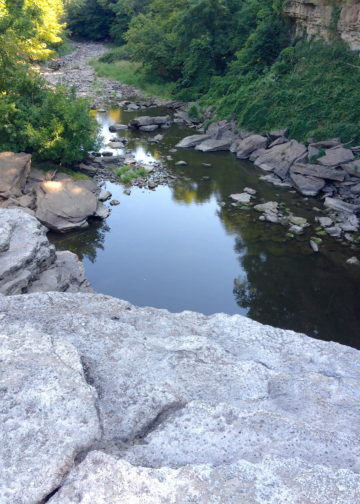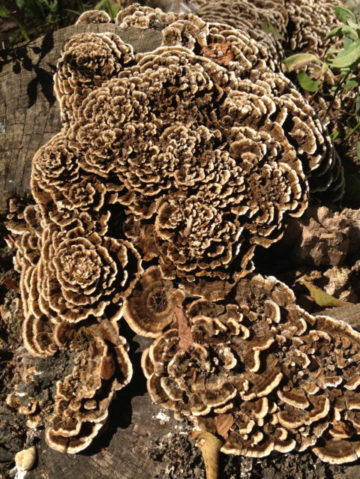One of the ways we sabotage our joy is through quick value judgments. In a previous post, I excerpted a quote from the book, Where the Heart Beats: John Cage, Zen Buddhism, and the Inner Life of Artists, by Kay Larson. This book is a primer in Zen Buddhism, which correlates strongly with living a contemplative life.
One part I found most interesting had to do with diminishing the power of our likes, dislikes and value judgments.
 Value judgments are when we decide something is right or wrong, good or bad, useful or not, based on comparison or past experience. Value judgments diminish joy.
Value judgments are when we decide something is right or wrong, good or bad, useful or not, based on comparison or past experience. Value judgments diminish joy.
“You can become narrow-minded, literally, by only liking certain things, and disliking others, but you can become open-minded, literally, by giving up your likes and dislikes and becoming interested in things.” ~ John Cage: Where the Heart Beats by Kay Larsen
Judgments are only in the mind. They are a choice or decision we make about what is good and not good.
It’s okay to have likes and dislikes. It’s also okay to make informed judgments. But, we first need to bring awareness to how our likes and dislikes often limit our experience and even our joy in life.
To give a quick example, sometimes we try a particular meal in a restaurant and really like it. So, when we go back to that restaurant, we always order the same thing. There’s a certain level of comfort in knowing what we will get and less risk that we will be disappointed with our meal. While it’s good to know and enjoy what we like, perhaps we’ve also narrowed our experience by never trying other things on the menu.
Here’s a personal example. My husband and I were exploring a conservation area. One of the main draws of this place is a waterfall. We planned to take our dog for a walk to the upper waterfall area. There was a sign in the building that said the waterfall was dry. After a long and unusually hot summer with little rainfall, this wasn’t unexpected. However, we overheard someone saying, after reading the sign, that there was no use going there because there was nothing to see.
Nothing to see? I don’t think so.
We did go to the upper waterfall area and, just like the sign said, there was no water. Instead, you could walk out on the rocks where the water normally flows and look over the edge. How often would it be possible to do that? There was so much to see, just not water.
On the way back, we saw a sign pointing to the ruins of an old mill. There was a path leading to the ruins, which could clearly be seen from where we stood. I started down the path with the intention of photographing the ruins. Part way there I was suddenly stopped by this tree stump.
What an intricate design! It looked like a bouquet of roses to me, but even that is putting a label on my experience. Talk about joy. If I had been so focused on the ruins, I would have missed this completely.
Contemplative photography is about being open to what is and noticing our judgments.
Test this out for yourself. Notice when you’re making a value judgment about whether something is good or bad, ugly or beautiful, or that you like or dislike. Or, when you have your sights set on something in particular and how that may limit your experience.
How could you bring more awareness and curiosity to the situation and experience more joy along the way?
** Books mentioned have Amazon or Bookshop affiliate links, meaning I make a few cents if you purchase through my link. I only recommend books that I’ve read.


A well-written and thoughtful reminder of how we can limit our experiences.